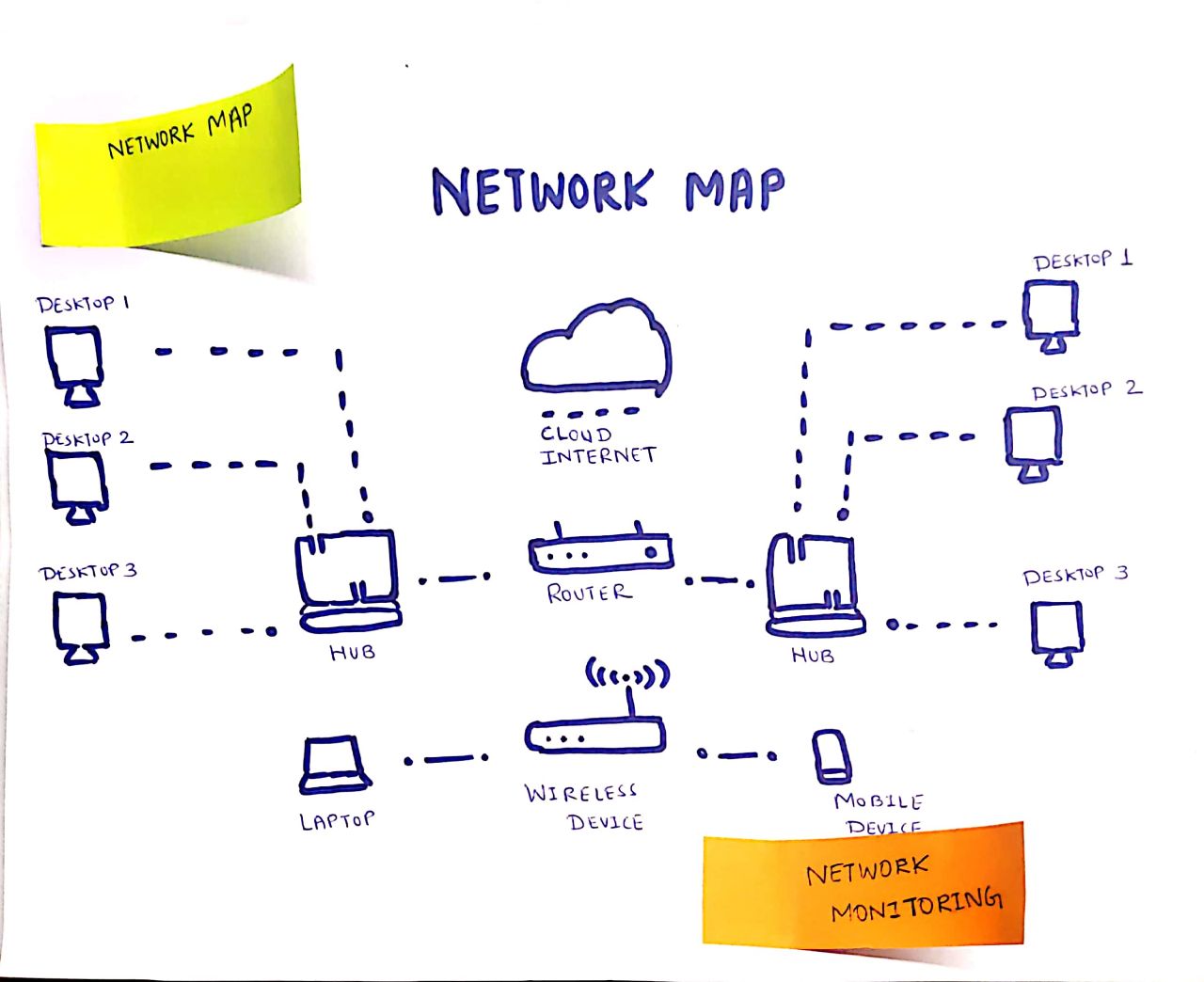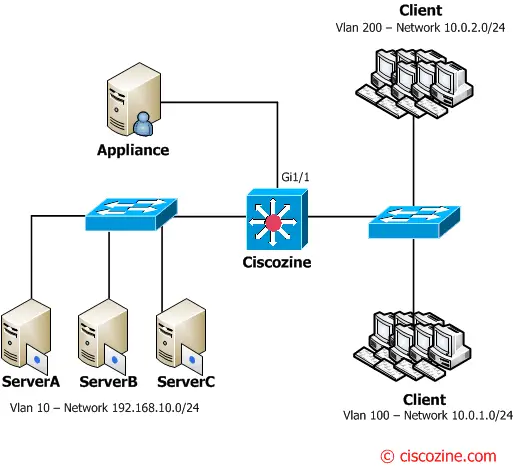
Logical network mapping is more common, and it focuses on data behavior within the networked environment rather than the physical layer. Physical mapping is all about the concrete network, from cables to terminations.

There are a few ways to think about network mapping techniques. In short, if you’re interested in having a topology map capable of giving you the insights you need to improve your network performance, you need to use a network topology mapper. With a network topology mapper, admins can see a device’s status as well as its logical connections at the touch of a button. It also lets you map a specific packet pathway for help with traffic bottlenecks and service provider status. A robust network topology mapper offers network admins the tools they need to map networks at any scale, from the smallest business to the biggest enterprise. You should use a network topology mapper to make sure your network topology diagrams are always up-to-date.
#Alternativeto network topology mapper manual#
Even if you use the best network mapping techniques, manual mapping is a time-consuming process often resulting in incomplete topology diagrams if you don’t keep up with each new device added to or removed from your network. This visibility can be extremely useful for everything from troubleshooting problems to maintaining network security. Network topology mapping gives you a high degree of visibility into your network and the relationships between your network devices. Why You Should Use a Network Topology Mapper Network performance monitoring outputs admins can visualize in network maps include metrics like the latency between the server and clients, bandwidth, throughput, and errors or failures. Maps can help show where performance bottlenecks exist and where there are opportunities to improve, improving service quality for end-users. Network maps are useful resources when admins conduct performance monitoring processes to check each part of the network.

#Alternativeto network topology mapper software#
Network performance software and tools usually include some network mapping features to help optimize the network. Network topology mapping is the process of visually and logically mapping the network to understand the connections between the server and different nodes. Skip to Best Network Mapping Tools List > But First: What Is Network Mapping? And if you need a more comprehensive monitoring solution, I explain why SolarWinds Network Performance Monitor (NPM) is a good all-in-one option for those looking for a tool with other essential performance measuring tools in addition to a network topology mapper. Spoiler alert: this tool uses the best network mapping techniques to automatically discover your network topology, and it creates several types of informative visualizations, allowing you to easily see and navigate your network. I go over why SolarWinds ® Network Topology Mapper (NTM) is a top choice for those looking for high-quality mapping software. With the significant amount of network topology mapping software available on the market these days, I decided to review the tools network pros need to check out to help reduce their workloads and improve accuracy. Though the process of local area network (LAN) mapping can be performed manually, this manual work is risky, as there’s a higher chance something will be missed when it involves highly complex networks. Network mapping has become increasingly important for administrators and managers tasked with handling these growing networks.

Networks are rapidly becoming larger and more complex, with numerous technologies playing into their growth and expansion.


 0 kommentar(er)
0 kommentar(er)
